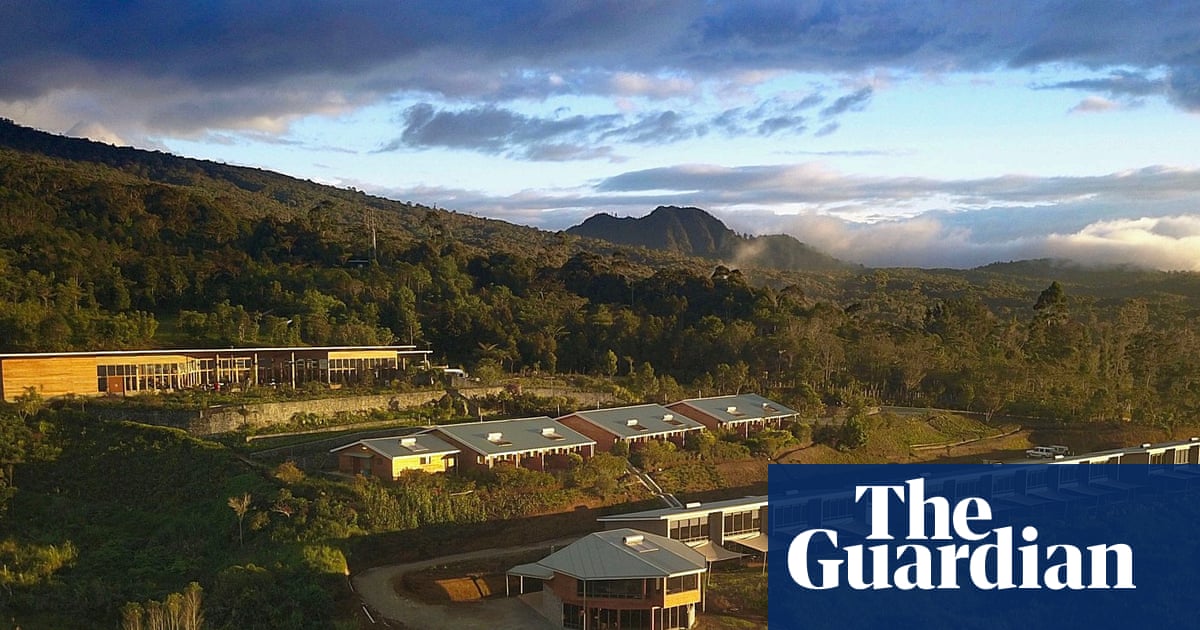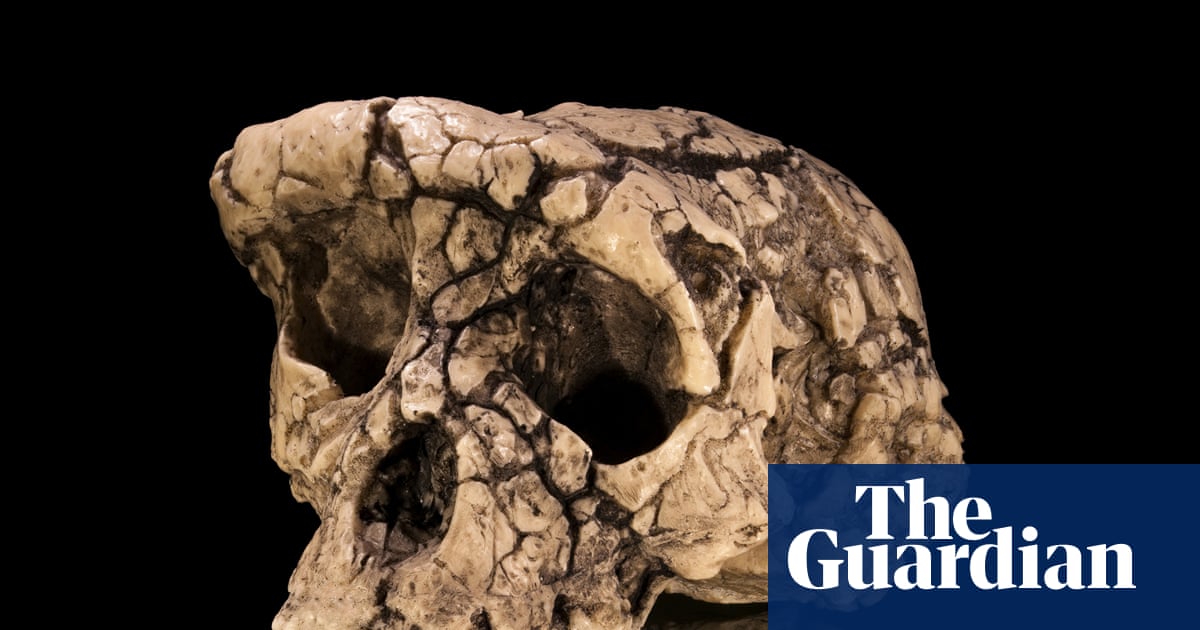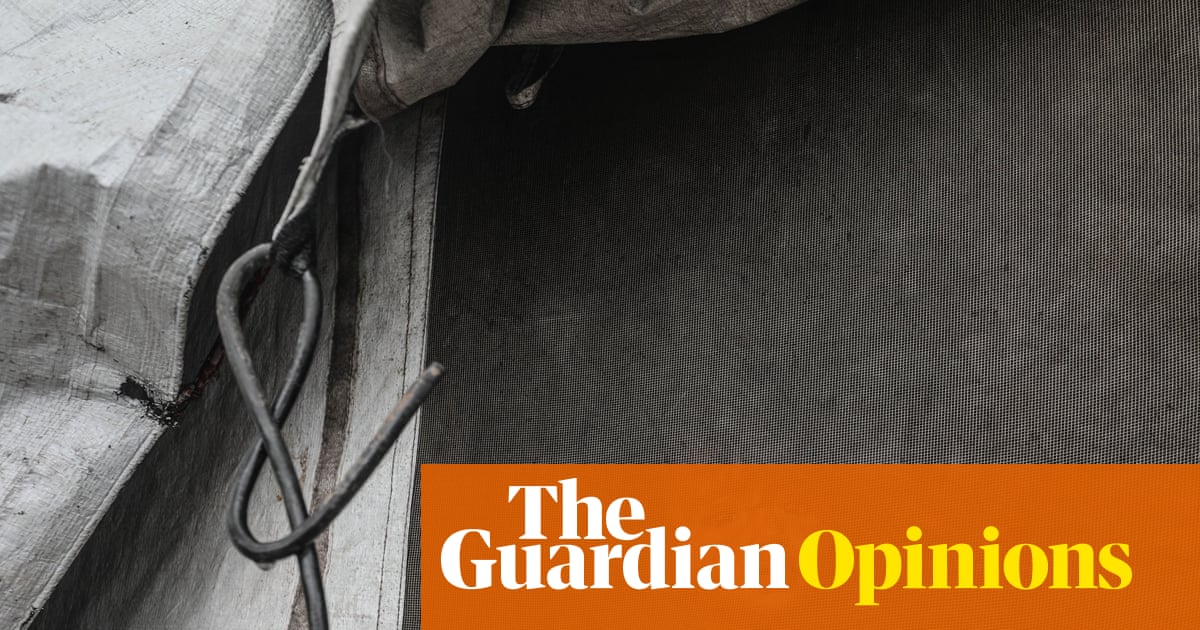Round robin … a small insectivorous passerine sings in Dunsden, UK. Robins sing primarily to defend their territory, acting as a “war cry” or “invisible fence” to warn other male robins to stay away, and to attract a mate, signalling to females that the territory is taken and suitable for breeding
Photograph: Geoffrey Swaine/Shutterstock
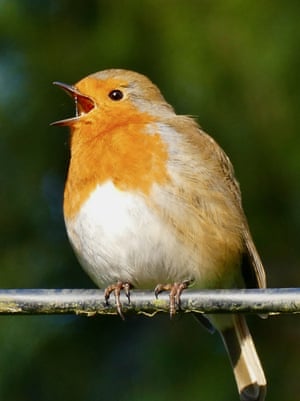
A male red deer roars during the rutting season in the wildlife and hiking park in Silz, western Germany
Photograph: Ronald Wittek/EPA
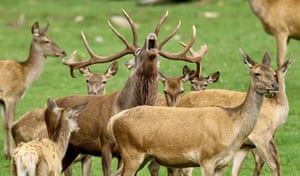
Photograph: Chris Bray
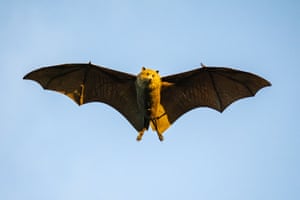
About 400 Asian water monitor lizards live in Lumphini park in Bangkok, Thailand. As the urban lizard population explodes, people are complaining that the reptiles intrude upon popular fishing spots, raid livestock and even crawl into homes. Some joggers in the park welcome them, however, using them as low hurdles in their training routines
Photograph: Gloria Dickie
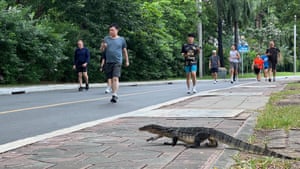
A toucan waits to be checked over by veterinarians and forensic police experts in Rio de Janeiro. Brazilian police arrested 45 people and rescued hundreds of exotic animals in their biggest ever operation against wildlife traffickers
Photograph: Pablo Porciúncula/AFP/Getty Images
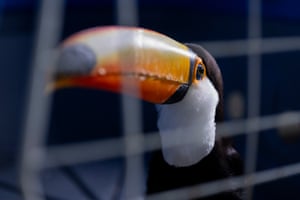
Cheers! Two male chimpanzees eat the fruit of the Guinea plum tree at Taï National Park in the Ivory Coast. A study has found chimpanzees’ enthusiasm for guzzling ripe fruit puts their ethanol intake at about 14g daily – the equivalent of a half pint of beer
Photograph: Aleksey Maro/UC Berkeley/Reuters
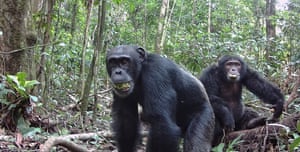
Vets tend to an injured eagle at a bird hospital in the old quarters of Delhi, India
Photograph: Bhawika Chhabra/Reuters
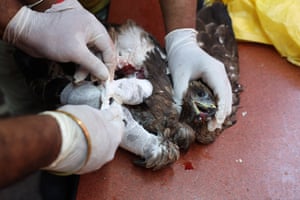
Fish swim around the underwater remains of the British cargo ship SS Thistlegorm, which was sunk by German aircraft in 1941 after being deployed to transport military supplies from England to Egypt during the second world war. The wreck, which is near Sharm El-Sheikh, is one of the Red Sea’s most popular diving spots, with armoured vehicles, torpedoes, Jeeps, rifles and Norton motorcycles on view
Photograph: Anadolu/Getty Images

A ladybird makes a meal of aphids in a garden in England, UK. Gardeners preparing for autumn are likely to encounter a surge of ladybirds, thanks to the warm spring and summer temperatures that significantly increased aphid populations – their primary food source
Photograph: Alamy/PA

This baby howler monkey, called Domingo, is being treated at the International Animal Rescue Centre in Costa Rica. He has electrical burns on his hands and feet which came from climbing on uninsulated cables. The centre is campaigning to get the Costa Rican government to insulate power cables
Photograph: International Animal Rescue/IAR Costa Rica
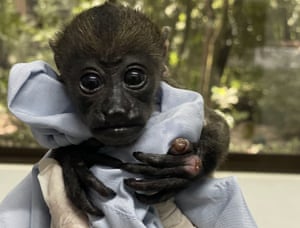
A postman butterfly perches on a flower at the Osher Rainforest of the California Academy of Sciences in San Francisco, US
Photograph: Anadolu/Getty Images
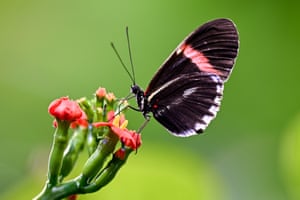
A green june beetle crawls on the trail at Quiet Waters Park in Annapolis, US
Photograph: Jim Watson/AFP/Getty Images
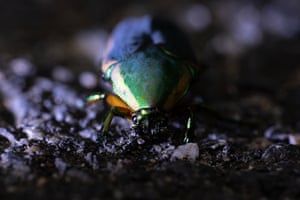
A herd of buffaloes sit in the Indus River, with the residential buildings of Sukkur, Pakistan, in the background. Monsoon rains have caused the river to overflow
Photograph: Akhtar Soomro/Reuters
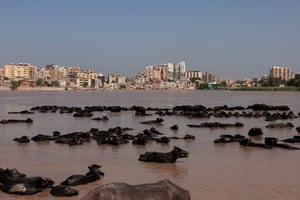
A vet feeds pigeons in order to catch them and take them to be sterilised, at Plaza de Bolívar in Bogotá, Colombia. The local government are trying to bring down the pigeon population to improve hygiene and reduce disease
Photograph: Raúl Arboleda/AFP/Getty Images

Macaws fly past a family on a scooter during a training session in a field in Depok, on the outskirts of Jakarta, Indonesia
Photograph: Tatan Syuflana/AP
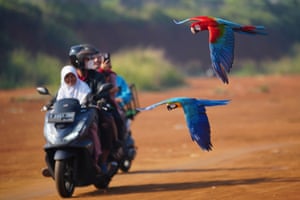
A newly hatched sea turtle makes its way into the sea after leaving a conservation centre in Kuta, Bali, Indonesia. Conservationists released about 400 turtle hatchlings on 15 September
Photograph: Made Nagi/EPA
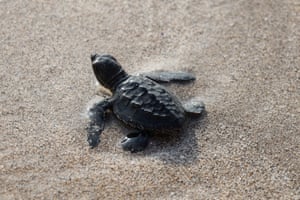
In sea slug news: a “groundbreaking” discovery has been made, with the nudibranch Spurilla neapolitana, typically found in much warmer climates, turning up in Cornwall. The colourful sea slug usually lives the Caribbean, the Mediterranean, and along the western Atlantic. Until now, its most northerly sighting was in Brest, France
Photograph: Charlotte Cumming/Cornwall Wildlife Trust/SWNS
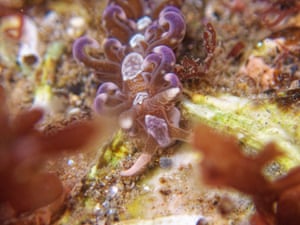
Seagulls fly over as a net from a trawler is hauled up during a sardine fishing campaign, off the Baie de Somme of northern France
Photograph: François Nascimbeni/AFP/Getty Images
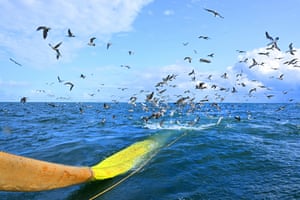
A lesser goldfinch bathes in a garden fountain in Placentia, US
Photograph: Bruce Chambers/ZUMA Press Wire/Shutterstock
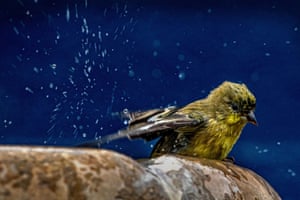
A spotted lanternfly swims through Chesapeake Bay at Quiet Waters Park in Annapolis, US. Its beautiful colouring belies the fact that it is considered a pest: it feeds on a wide variety of crops, particularly grapes, stone fruits and walnuts, causing agricultural damage and leaving behind a sugary substance that promotes sooty mould growth
Photograph: Jim Watson/AFP/Getty Images
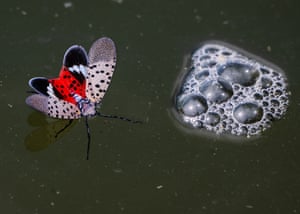
Flamingos at a bird sanctuary near the Sariyar Dam in Turkey
Photograph: Anadolu/Getty Images
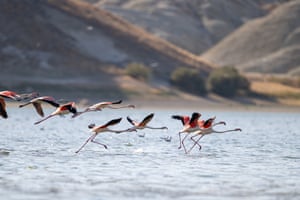
A black darter dragonfly resting on a reed in Somerset, UK. The black darter is Britain’s smallest species of dragonfly. The elusive insects often thrive in moorland, spending their days darting around bog pools and drainage ditches
Photograph: Andrew Fusek-Peters/SWNS
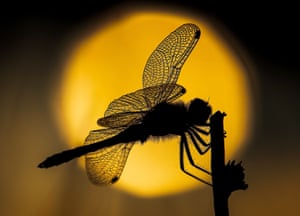
An egret takes flight beside a body of water in Banda Aceh, Indonesia
Photograph: Chaideer Mahyuddin/AFP/Getty Images
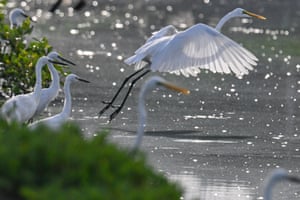
A baby western lowland gorilla named Zeytin eats a peanut at the Polonezköy zoo in Istanbul, Turkey. The gorilla was rescued from smugglers at Istanbul Airport in December, and is preparing to return home after months of medical care and rehabilitation. Zeytin will soon be sent back home to Nigeria before potentially being released into the wild
Photograph: Ozan Köse/AFP/Getty Images
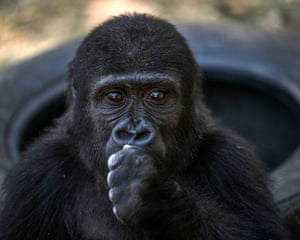

 3 months ago
102
3 months ago
102



